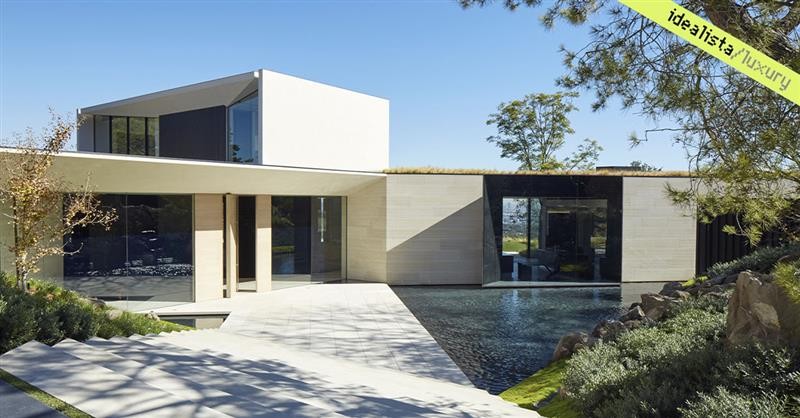
The luxury property market in Portugal and across Europe is undergoing a transformation, keeping pace with the demands of an increasingly selective audience, attuned to innovation. Personalised spaces, discreet technology integration, sustainability, and a focus on properties that promote wellbeing have become decisive factors in this segment. The concept of Quiet Luxury — favouring subtle elegance, quality, and comfort — has been gaining momentum, while demand for sustainable and technologically advanced homes continues to grow. idealista/news has spoken to several experts to understand the trends shaping the premium market in Portugal.
There is a growing interest in spacious homes located in quieter areas surrounded by nature, as well as an increasing appreciation for historic properties in urban centres. At the same time, luxury tourist resorts operated by hotel brands are becoming an attractive alternative for international investors. In addition, the new profile of buyers demands greater sophistication, discretion, and functionality — leading to a significant redefinition of the concept of luxury living.
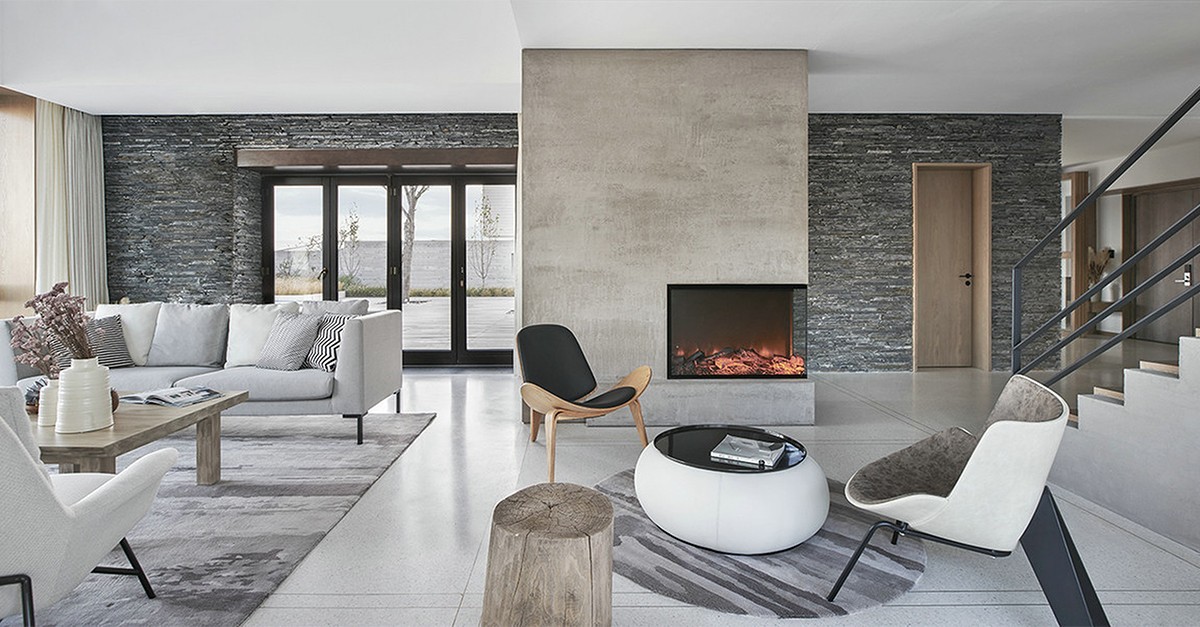
Personalisation and exclusivity
According to Jorge Costa, COO of Quintela e Penalva | Knight Frank, personalisation has become one of the cornerstones of the luxury property segment. Buyers are looking for homes tailored to their needs and lifestyle, often turning to architects and designers to create truly unique spaces.
“For example, bespoke bathrooms and kitchens, meticulously designed walk-in wardrobes with attention to every detail, private gyms, home cinemas… these are trends that blend architecture, comfort, and technology,” he explains.
This view is shared by the experts at Invicta Park: “Personalisation is essential, with layouts that can be adapted to the buyer’s needs and preferences,” they point out.
Quiet luxury: the new concept of discreet sophistication
The rise of the Quiet Luxury concept is also noteworthy — a more understated and functional approach to luxury living. “A growing trend is quiet luxury, which focuses on maximising quality of life and discretion,” comments Filipa Frey-Ramos, Director at BARNES International Realty.
“It reflects a shift towards less ostentatious luxury, with greater emphasis on quality, durability, and comfort. This style favours minimalist design, high-quality natural materials, and a seamless connection between indoor and outdoor spaces,” adds Telmo Azevedo, Co-Head of Residential at JLL Portugal. The aim is to create a sensory and welcoming experience, without excessive opulence.

Sustainability and energy efficiency
Sustainability is becoming an increasingly important factor for investors in the luxury property market. European buyers value sustainable buildings — from energy efficiency and the use of eco-friendly materials to the smart use of natural resources. Properties with environmental certifications and efficient energy management systems are highly sought after.
João Cília, CEO of Porta da Frente Christie’s, notes that in new developments, the sustainability of buildings is also increasingly valued, particularly by European clients. “Sustainability is assessed on several levels — from energy performance and materials used to the construction model itself,” he emphasises.
In this regard, Sara Infante, Partner & Founder of Infante & Riu – Portugal Real Estate, adds that “the proven use of good thermal insulation practices and compliance with the best anti-seismic specifications as fundamental principles in construction” is another growing trend.
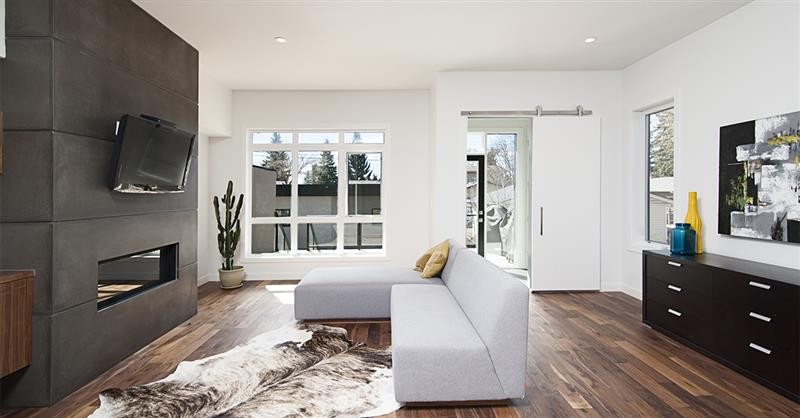
Technology integration and smart homes
The role of technology in the luxury property market continues to evolve, with increasingly discreet and integrated solutions. Technology should not be intrusive but rather an ally in residents’ daily lives, as Ana Jordão, Residential Business Development Director at Savills, explains: “Home automation and artificial intelligence play a central role, allowing remote control of lighting, climate, and security systems — offering greater comfort and convenience,” she says.
Telmo Azevedo highlights that technology remains a key component “but in a discreet manner.” “Home automation, lighting and temperature control systems, and advanced security are integrated seamlessly, without compromising the aesthetic of the spaces — promoting functionality and comfort without visual excess,” he adds.
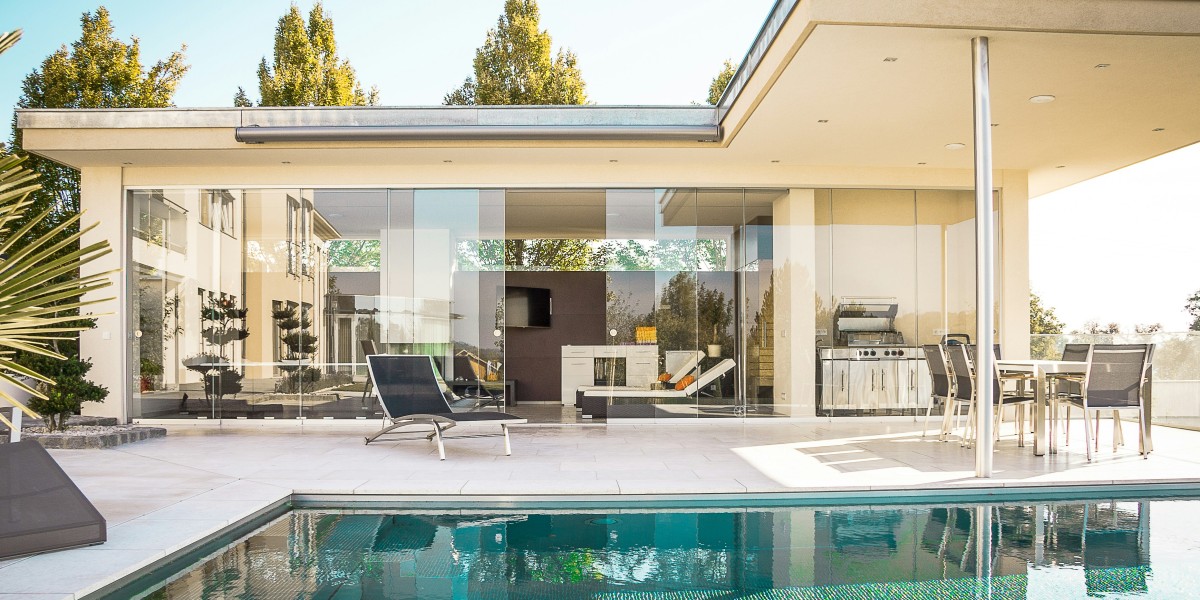
Well-being and leisure facilities
The experts at Invicta Park also highlight the growing importance of well-being, with private gyms, spas, and meditation rooms becoming increasingly common in luxury developments. “Luxury properties are now designed as true personal sanctuaries, featuring gyms, stylish co-working spaces, and intimate leisure areas,” they emphasise. This view is echoed by Ana Jordão from Savills, who points to meditation rooms and even home cinemas as new amenities that meet “the demand for a more integrated and sophisticated living experience.”
“In addition to truly valuing outdoor spaces they can actually use, clients are increasingly looking for spacious interiors, with large windows, natural light, and generous volumes. It is also very important to have dedicated areas for studying and working, as well as for leisure activities,” adds Filipa Frey-Ramos from BARNES.
From historic properties to modern architecture
João Cília observes a continued trend towards the appreciation of historic properties located in city centres but adapted to meet modern requirements. “The demand for historic properties that preserve the original character of the building and maintain some of the architectural features is one of the main trends. These properties are usually found in the historic centres of major cities, in prime locations and often with open views — allowing residents to enjoy traditional neighbourhood life,” he explains.
Nevertheless, when it comes to final architectural design and layout, Sara Infante notes there is “an undeniable increase in demand for new and modern properties, with simple architectural features that foster a close connection between the home and nature.” “Expansive glazed surfaces and the ease of indoor-outdoor connectivity — combined with smart home systems for managing living spaces — are increasingly the focus,” she adds.
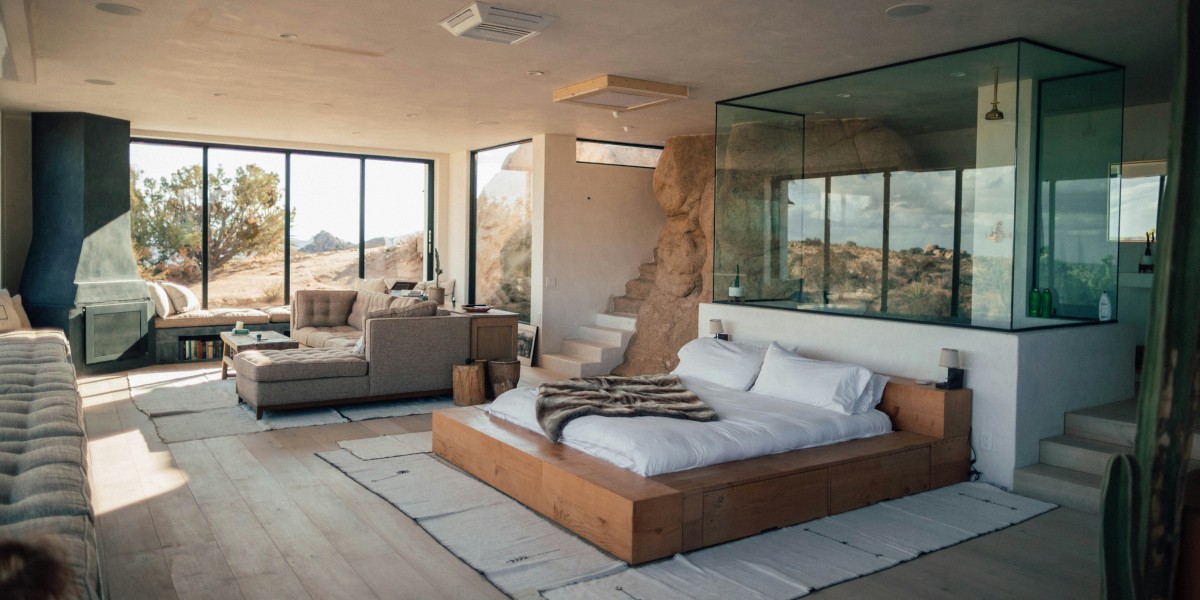
Daniela Rebouta, Sales Director at Engel & Völkers Lisbon, Oeiras, and Setúbal, confirms both trends and highlights the diverse range of demand — from “clients looking for new, refurbished, and second-hand properties to those seeking homes that retain their original character.”
When it comes to property types, Paulo Trapola, Head of Real Estate Investments/Advisor at Exclusive Lisbon Real Estate Hospitality, points out the growing appeal of “penthouses, lofts, and apartments in buildings with swimming pools, gyms, and spas.”
In summary, according to the experts consulted, the luxury property market in 2025 goes far beyond aesthetic refinement and exclusivity. There is a clear shift towards more sustainable, technologically advanced spaces designed to enhance residents’ wellbeing. The balance between tradition and innovation, combined with a more conscious and personalised approach, reflects the profile of the new luxury buyer — demanding, sophisticated, and attentive to detail.



